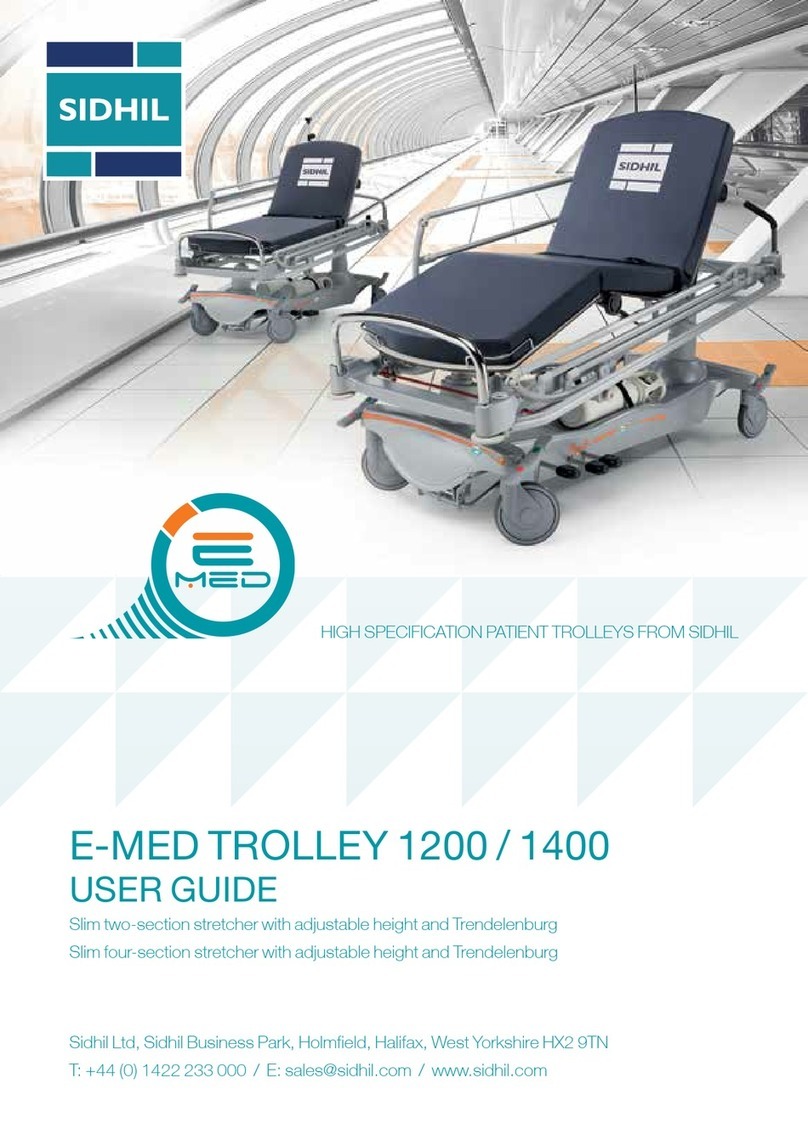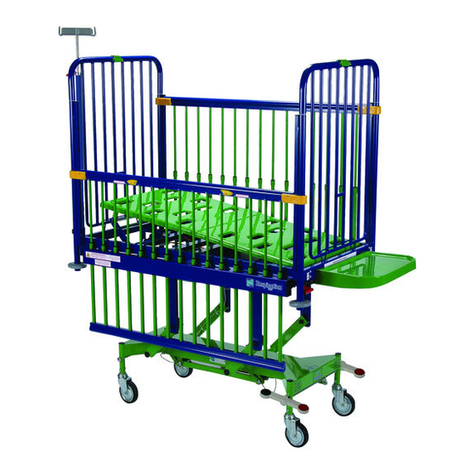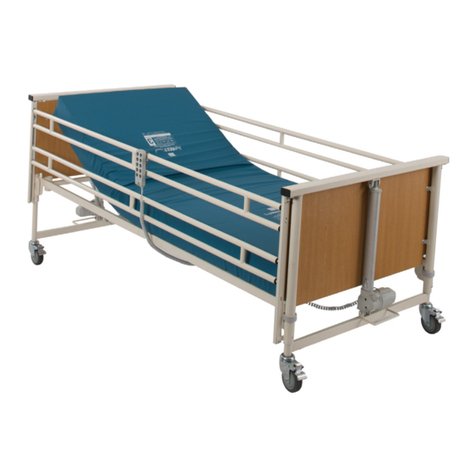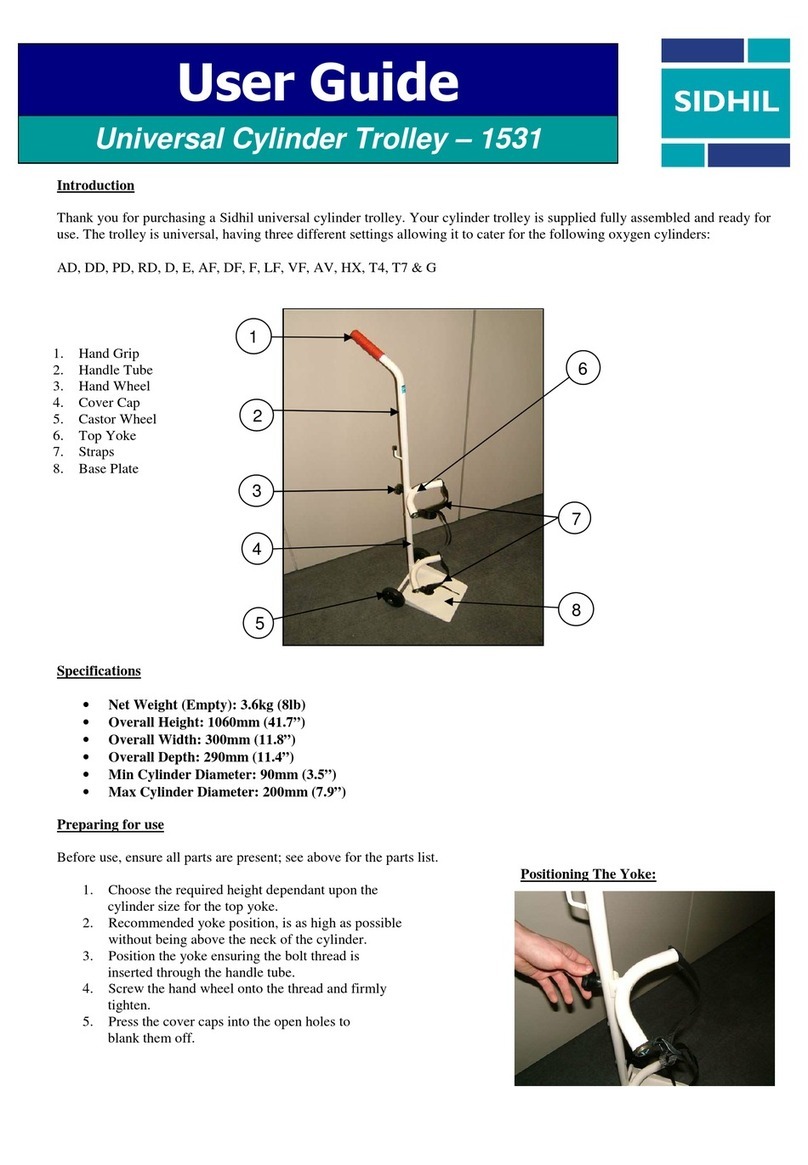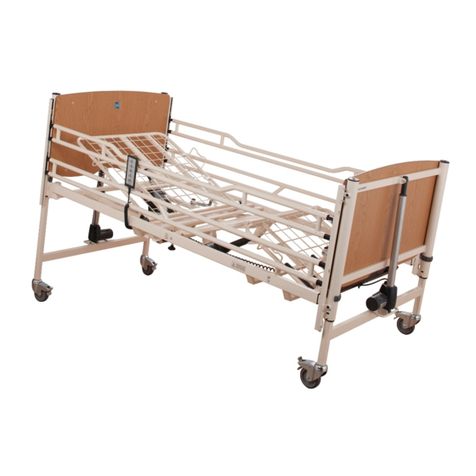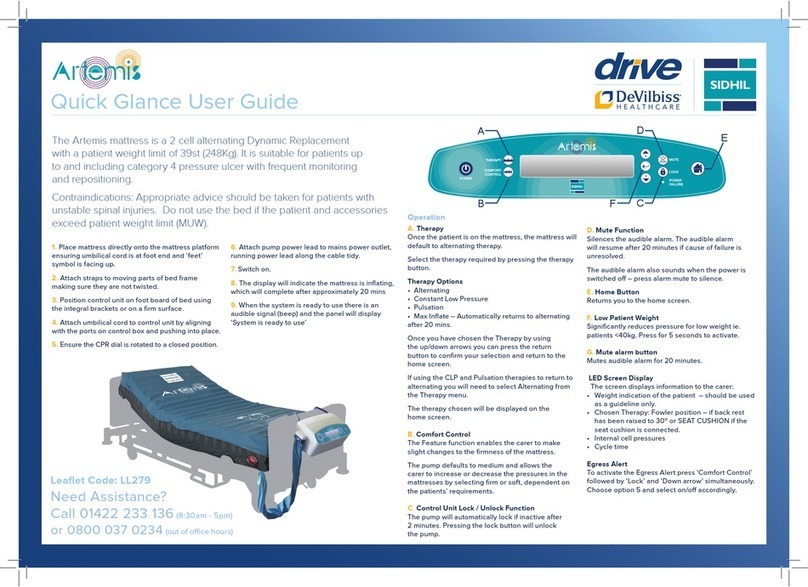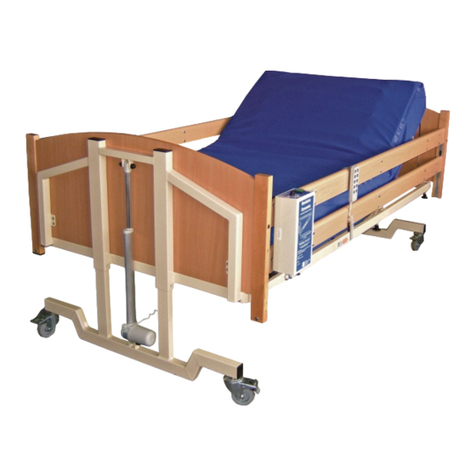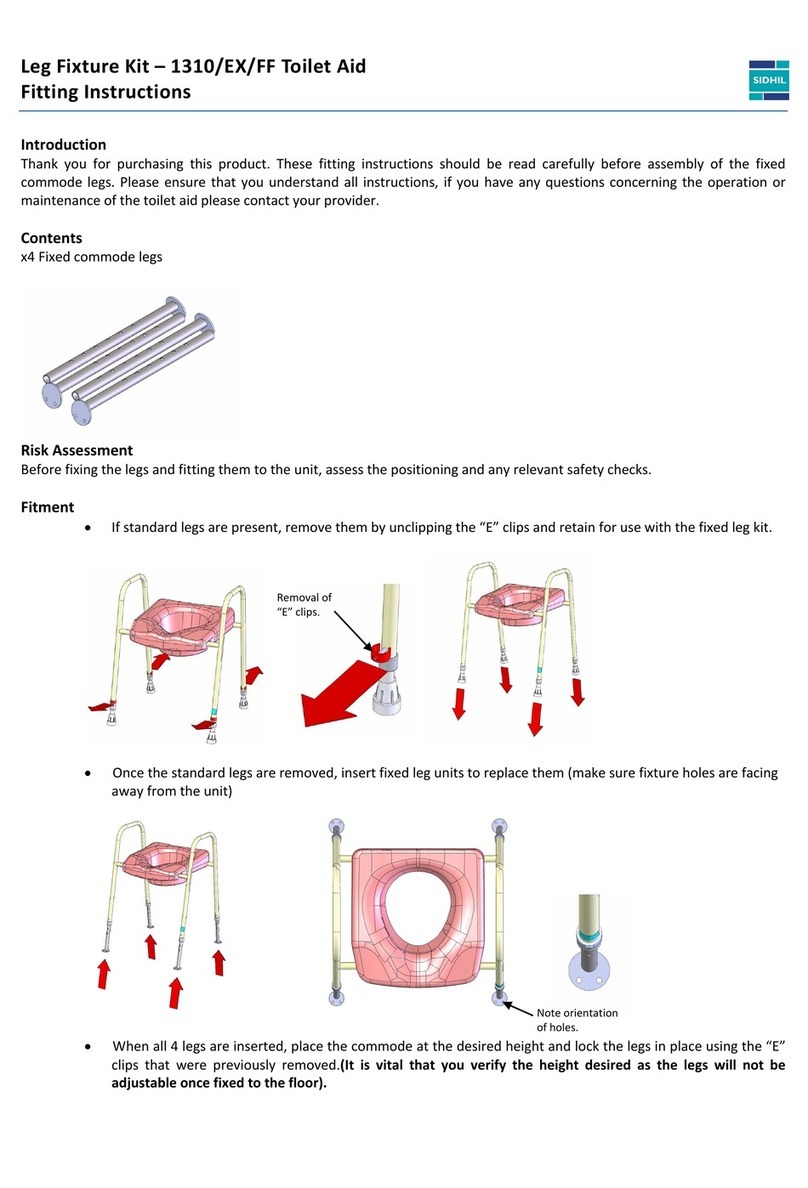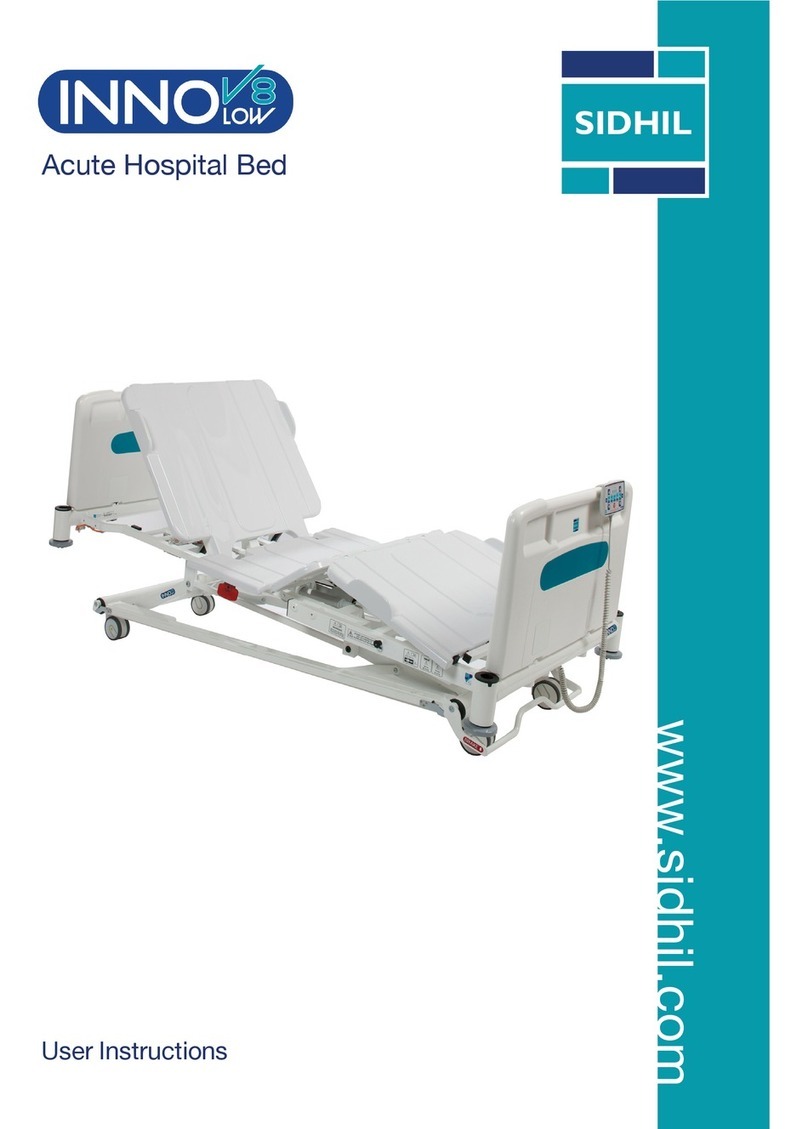
3
CONTENTS
1. INTRODUCTION.................................................................................................................4
2. CONTACT INFORMATION............................................................................................4
3. PRODUCT DESCRIPTION...............................................................................................5
3.1 Environment....................................................................................................................5
3.2 Intended Use......................................................................................................................5
3.3 Features.......................................................................................................................5
4. SAFETY..........................................................................................................................6
4.1 Warnings and Cautions........................................................................................................6
4.2 RiskAssessment...................................................................................................................6
4.3 Contraindicators.....................................................................................................6
4.4 Mattress Load......................................................................................................................6
4.5 General Warnings................................................................................................................7
5. TRANSPORT AND STORAGE........................................................................................8
5.1 Storage..........................................................................................................................8
5.2 Transportation.............................................................................................................8
5.3 Environmental Conditions..................................................................................................8
6. SYMBOL DEFINITION...................................................................................................9
7. PARTS IDENTIFICATION.............................................................................................10
8. INSTALLATION....................................................................................................11
9. OPERATION.......................................................................................................15
9.1. Environmental Limits When in Operation.........................................................................15
9.2. Preparing For Use.............................................................................................................15
9.3. Control Interface..............................................................................................................15
9.4. Mattress Overview...........................................................................................................16
9.5. Control Unit Operation...................................................................................................16
9.5.1. TurningOn/Off....................................................................................................16
9.5.2. System Setup.......................................................................................................16
9.5.2.1. Alternation........................................................................16
9.5.2.2. Patient Weight and Pressure...................................................................17
9.5.3. SafetyFunctions...................................................................................................17
9.5.3.1. Function Lock........................................................................................17
9.5.3.2. Mute..........................................................................................18
9.5.4. SystemFunctions.................................................................................................18
9.5.4.1. Therapy Selection..................................................................................18
9.5.4.2. Comfort Control...................................................................................19
9.5.4.3. Additional Settings.................................................................................19
9.6. Mattress Operation..........................................................................................................22
9.6.1. AutoSeatMode....................................................................................................22
9.6.2. Low Patient Weight...........................................................................................22
9.7. CPR.....................................................................................................................22
9.8. Mattress Disconnection and Power Cuts............................................................................23
9.9. Use of Incontinence Products............................................................................................23
10. DECONTAMINATION / CLEANING..............................................................................24
10.1. Control Unit......................................................................................................................24
10.2. Mattress...................................................................................................................25
10.3. Alternative Mattress Cover Cleaning Instructions...........................................................25
11. TROUBLESHOOTING.......................................................................................26
12. MAINTENANCE..................................................................................................28
12.1. Disposal of Parts................................................................................................................29
13. SPECIFICATION..........................................................................................................30
14. ELECTROMAGNETIC COMPATIBILITY (EMC).........................................................31
14.1. Requirements According to IEC 60601-2:2007..................................................................32
15. WARRANTY....................................................................................................................36




















